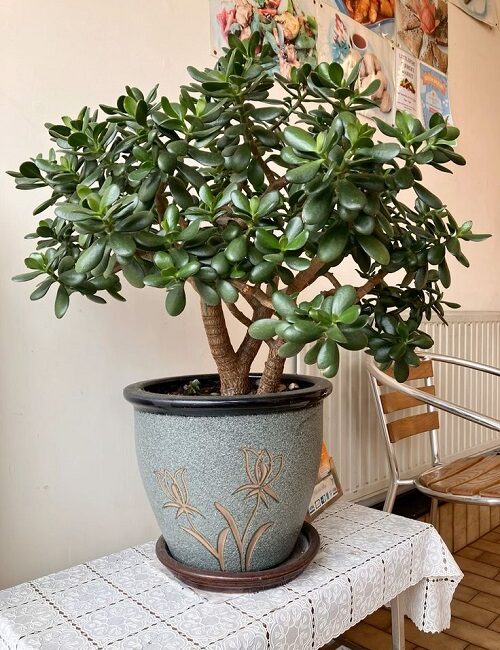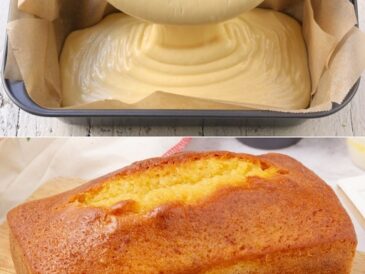How to Fertilize Your Jade Plant for Optimal Growth
Step 1: Timing Your Fertilizer Application
- Fertilize jade plants during their active growing season, which is typically from spring through early fall.
- Avoid fertilizing in late fall and winter, when the plant enters dormancy.
Step 2: Dilution and Frequency
- Always dilute liquid fertilizer to half or quarter strength to prevent fertilizer burn.
- Apply fertilizer every 3–4 weeks during active growth.
- For slow-release fertilizers, apply once in early spring.
Step 3: Application Method
- Water the plant thoroughly before fertilizing to avoid root damage.
- Apply liquid fertilizer directly to the soil, avoiding foliage contact.
- For slow-release, sprinkle granules evenly on the soil surface.
Step 4: Monitor and Adjust
- Observe your jade plant for signs of over-fertilization, such as yellowing leaves, wilting, or crispy edges.
- Adjust frequency and dosage based on plant response.
Boosting Side Branching: Specific Fertilization Tips
Encouraging your jade plant to branch out requires more than just feeding—it’s also about balanced nutrition and pruning.
Nutritional Focus for Branching
- Phosphorus (P) plays a crucial role in stimulating lateral growth and flowering.
- Use fertilizers with a slightly higher phosphorus ratio (e.g., 5-10-5) to encourage side shoots.
- Avoid excessive nitrogen, which promotes tall, leggy growth rather than branching.
Combine Fertilizing with Pruning
- Lightly prune the top growth to encourage side branches.
- Apply fertilizer after pruning to support new growth.
Soil and Potting Considerations to Maximize Fertilizer Efficiency
- Jade plants require well-draining soil, such as cactus or succulent mixes.
- Poor drainage causes root rot, which reduces nutrient uptake.
- Repot your jade plant every 2–3 years with fresh soil to replenish nutrients.
- Avoid overwatering, as excess moisture dilutes soil nutrients.
Common Fertilizer Mistakes to Avoid
1. Over-Fertilizing
- Causes salt buildup and root burn.
- Symptoms include brown leaf tips, leaf drop, and slowed growth.
2. Fertilizing During Dormancy
- Wastes fertilizer and stresses the plant.
3. Using Fertilizers Not Formulated for Succulents
- High nitrogen fertilizers can cause excessive leafy growth and weak stems.
4. Ignoring Soil Drainage
- No matter how much fertilizer you apply, poor drainage will prevent healthy root development.
Additional Tips for Vigorous Jade Plant Growth
- Light: Provide bright, indirect light for at least 4–6 hours daily.
- Water: Allow soil to dry out completely between watering.
- Humidity: Jade plants prefer dry air.
- Temperature: Ideal range is 65–75°F (18–24°C).
- Pest Control: Use insecticidal soap or neem oil to control common pests like mealybugs.
Frequently Asked Questions (FAQs)
Q1: Can I use general-purpose houseplant fertilizer for my jade plant?
Yes, but dilute it to half strength and avoid high nitrogen formulas to prevent leggy growth.
Q2: How often should I fertilize my jade plant?
Every 3–4 weeks during the growing season; no fertilization in winter.
Q3: What is the best organic fertilizer for jade plants?
Worm castings and compost tea are excellent choices.
Q4: Can too much fertilizer kill my jade plant?
Yes. Over-fertilizing can cause root burn and stress the plant.
Conclusion
Fertilizing your jade plant correctly is key to unlocking its full growth potential, achieving vibrant foliage, and encouraging beautiful side branches that give your plant a lush, bushy appearance. By choosing the right fertilizer type—whether balanced liquid, succulent-specific, slow-release, or organic—and applying it thoughtfully during the growing season, you set the stage for long-term jade plant health and beauty.
Remember to pair fertilization with proper watering, lighting, pruning, and soil care to enjoy a thriving jade plant that enhances your indoor space with its glossy leaves and elegant structure.




